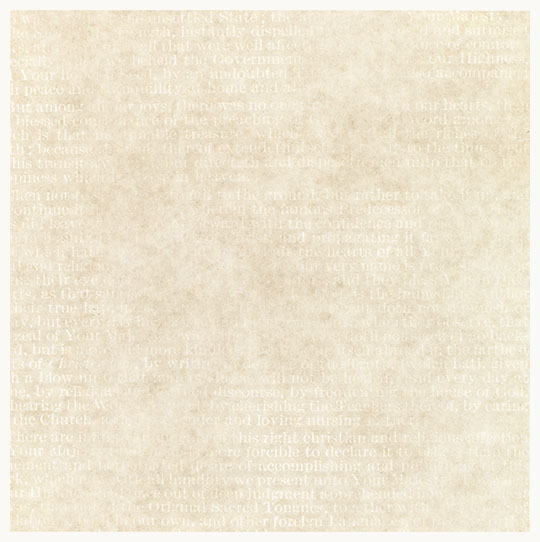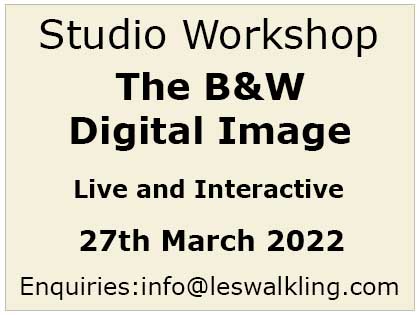Words
 Les Walkling, Foreign Languages 1994, 1016 x 1016mm, Silver Gelatin Print
Les Walkling, Foreign Languages 1994, 1016 x 1016mm, Silver Gelatin Print
Included in this section are samples of my writing, from artist statements to lectures, speeches, research and technical papers. Most are extracts from larger works and include a brief outline of their purpose or context. While writing is important for me, it remains in the service of my images and image making. For example, the following entry from my 2001 research journal clarifies my ambiguous relationship to words and images.
‘Though images exist for which words struggle to account, without words images remain suspended between faith and the unknown; merely latent possibilities – an inversion of Wittgenstein’s picture theory of language, if you like. Thinking through pictures brings us closer to their imagistic origins, but hope and antecedence alone cannot resolve the past and its mysteries. For images live only in our presence. Their apprehension may begin a wondrous journey into imaginative worlds, which our aesthetic theories barely begin to account for, but their fragility all too quickly unravels once we start questioning their presence, purpose and design. Rather, it is words that lead us to new possibilities, that breath life into our pictures by grounding our thought, meaning and intent. As marvellous as pictures can be, without words they would struggle for existence beyond our fantasies, dreams and desires; for to experience an image truly without words would be a truly remarkable thing.’
Though I have never considered myself a writer, as an image maker I nevertheless need to, and also enjoy writing about what I do. While the ‘inherent ambiguity’ of images remains central to my love of images and acknowledgment of the inexhaustible possibilities of great works of art, the strictures words place on interpretation can also be either assistants or prison bars. My hope is that my words function more as guides or suggestions, rather than barriers. Frederick Sommer, following Giambattista Vico, defined poetic logic as the marriage of pictorial logic and linguistic logic. This is not photography, but something more interesting than photography, though of course it would be less interesting without the photography. But this is also how words function for me, and is the spirit in which I offer them for your consideration.
Les Walkling

